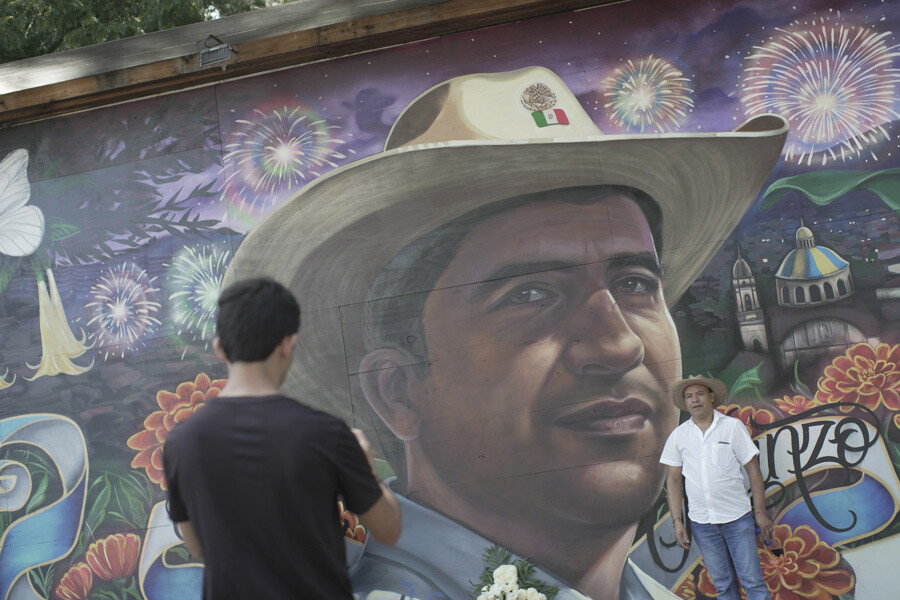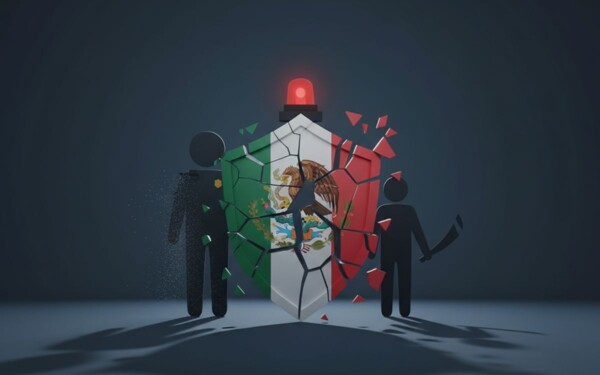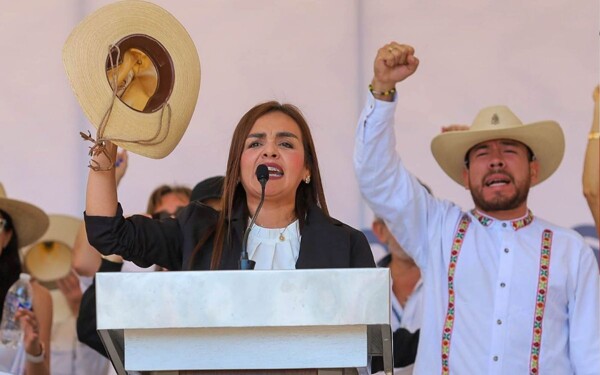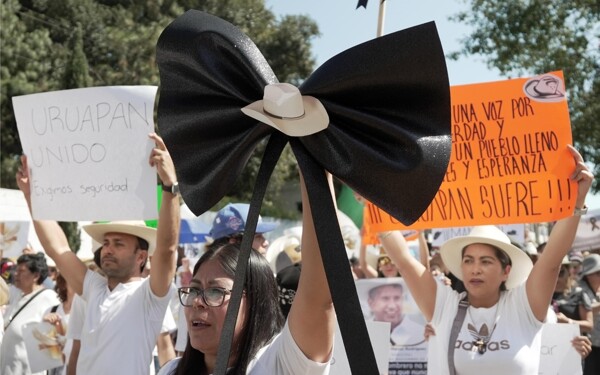
The growing wave of violence against local authorities in Mexico, with the murder of the mayor in Uruapan, Michoacán, Carlos Manzo, as a critical point, has set off alarm bells for the Government and its security agencies, after 10 mayors have been assassinated in various states of the country in the last 12 months. According to official records, the recent wave of attacks on mayors began on October 6, 2024, with the murder of Alejandro Arcos Catalán (Institutional Revolutionary Party, PRI), mayor of Chilpancingo, Guerrero. Since then, a dozen mayors have been assassinated in localities in Oaxaca, San Luis Potosí, Guerrero, Michoacán. However, the one that has raised alarms is that of Carlos Manzo Rodríguez (Independent), who was executed in Uruapan at a public Day of the Dead event. His assassination has generated strong indignation not only in Michoacán, where protests and clashes between protesters and police forces have been recorded, but throughout all of Mexico. According to the Mexican government, Manzo had federal and municipal protection since 2024, which was reinforced at the beginning of this 2025, which adds concern about the vulnerability of the authorities themselves. In Uruapan, a city of about 360,000 inhabitants, several criminal organizations operate, including the Jalisco New Generation Cartel (CJNG), the Knights Templar, the Viagras, United Peoples, and the White Trojans. The Weakest Link In Mexico, there are three levels of government: federal, state, and municipal, each with its own competencies and specific functions, and over them looms the threat of organized crime, due to the control of hundreds of municipalities. "(The municipal level) is the weakest link in the country's government structures," explained to EFE the professor-researcher at the Faculty of Political and Social Sciences of the National Autonomous University of Mexico (UNAM), Javier Oliva. "And in a country where the law is federal, but in practice is centralized, the municipality is the one that gets the worst part in terms of the budget in general, so in good part, that explains not only the security problems, but of all kinds, urban services, health," he added. Where Organized Crime Control Begins According to the organization Data Cívica in its study 'Voting Among Bullets', a report on aggression to understand political-criminal violence in the country, "municipal power is the most vulnerable link in the face of the territorial control of organized crime" and almost 80% of the victims of political-criminal violence in Mexico are concentrated at this level. For Oliva, a specialist in National Security issues, municipalities are highly exposed to the onslaught of organized crime and its territorial disputes since the mayors are responsible for security. "Making the comparison at the level of public security institutions, by analogy, municipal police are the ones with the fewest conditions to structurally face the problem of insecurity, violence, and organized crime," he stated. The same NGO indicated that so far in 2025, Michoacán has registered 25 attacks directed at people in the political sphere, 88% of them at the municipal level. The Message For the specialist, the message left by Manzo's murder to the Government is one of "impunity and challenge. That is the evidence he presents and on the other hand, the lack of responsibility on the part of the state governments in the first place." He also warned that states like Oaxaca, Guerrero, Tamaulipas, Sonora, Sinaloa, Guanajuato, have also "been seriously affected (in recent years) by criminal activity." Finally, Oliva lamented that out of the four points he proposes in the Michoacán Plan, to combat violence and insecurity in the state, presented this week by the president, Claudia Sheinbaum, "not one point comes where it indicates the dismantling of criminal activities."













